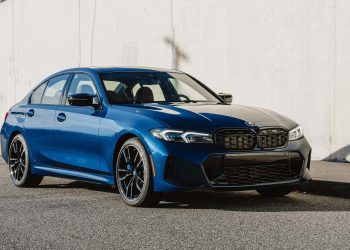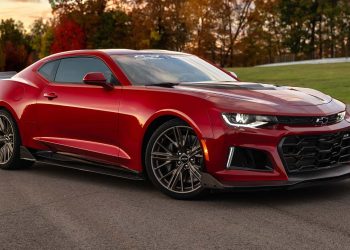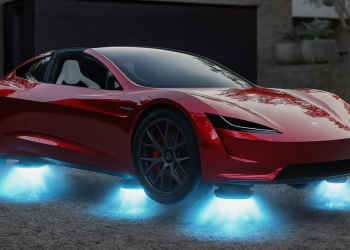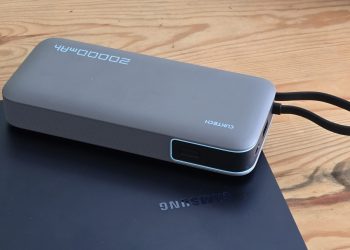Jaguar Land Rover is undergoing a dramatic transformation as longtime CEO Adrian Mardell steps down after just two years at the helm. His successor, current CFO PB Balaji, will take over in November and spearhead Jaguar’s ambitious rebranding as a high-end electric vehicle (EV) maker.
Balaji has already publicly defended Jaguar’s controversial “Copy Nothing” campaign, launched alongside the Type 00 concept in December 2024, which has divided opinion among enthusiasts and industry watchers. Speaking to Automotive News and other reporters, Balaji expressed optimism about the rebrand’s reception:
“We have put our plans together, the cars are being revealed, they’re getting exciting response from the customers on the ground. Therefore, that’s what the strategy is.”
Balaji also responded to harsh criticism from former President Donald Trump, who called Jaguar’s direction a “total disaster,” by urging critics to compare Jaguar’s performance to that of its competitors:
“You need to compare our numbers vis-à-vis how others are delivering.”
It’s important to note that Jaguar’s new strategy deliberately targets a smaller, more elite clientele. Managing Director Rawdon Glover revealed that Jaguar expects to lose up to 85% of its current customers during the transition to an exclusive high-end EV brand, retaining roughly 15%. This marks a stark shift from Jaguar’s previous positioning, as it now aims to compete directly with luxury marques like Bentley.
Unlike many automakers scaling back electrification, Jaguar is fully committing to an all-electric future, discontinuing combustion engines entirely. According to Glover, in the luxury segment, the powertrain ranks only 13th in buyer priorities, with design and interior quality taking precedence.
Looking ahead, Balaji hinted that Jaguar’s 2025 lineup will expand beyond the upcoming grand tourer to include at least two additional EVs on the same platform: a sleek coupe and a large SUV designed to rival Bentley’s first electric model.
In this new era, Jaguar will no longer offer vehicles priced below six figures in any major currency. Entry prices for new models will start above $100,000—far higher than the roughly $50,000 starting prices of past models like the E-Pace or XF in the U.S. market.
This move upmarket focuses on profitability over volume. Jaguar’s peak sales of 180,833 vehicles in 2018 are unlikely to be surpassed anytime soon, but the company is prepared to accept lower sales numbers in exchange for higher margins.
Jaguar’s bold rebranding gamble is underway, with new leadership ready to challenge skeptics and redefine what the iconic British marque stands for in the EV era.

































